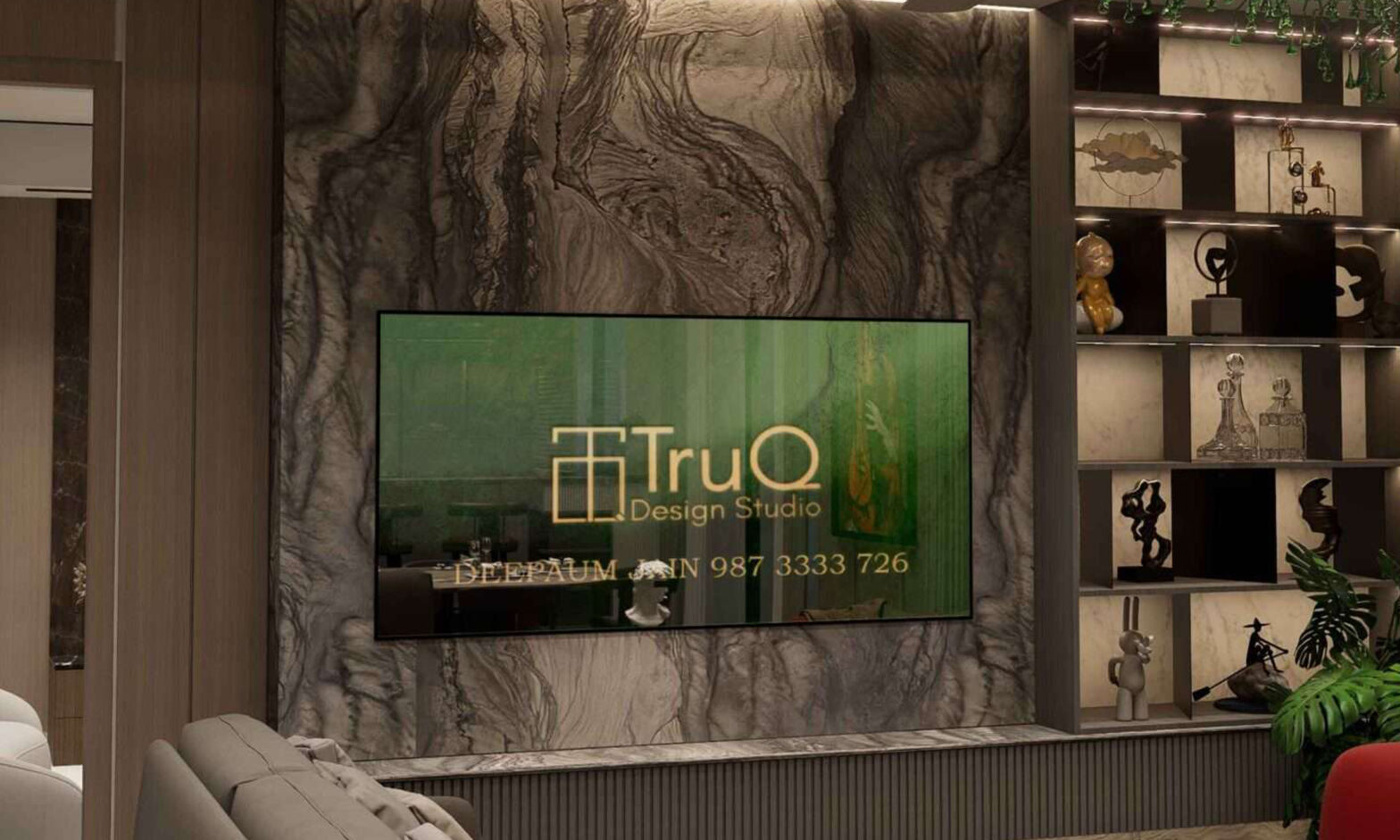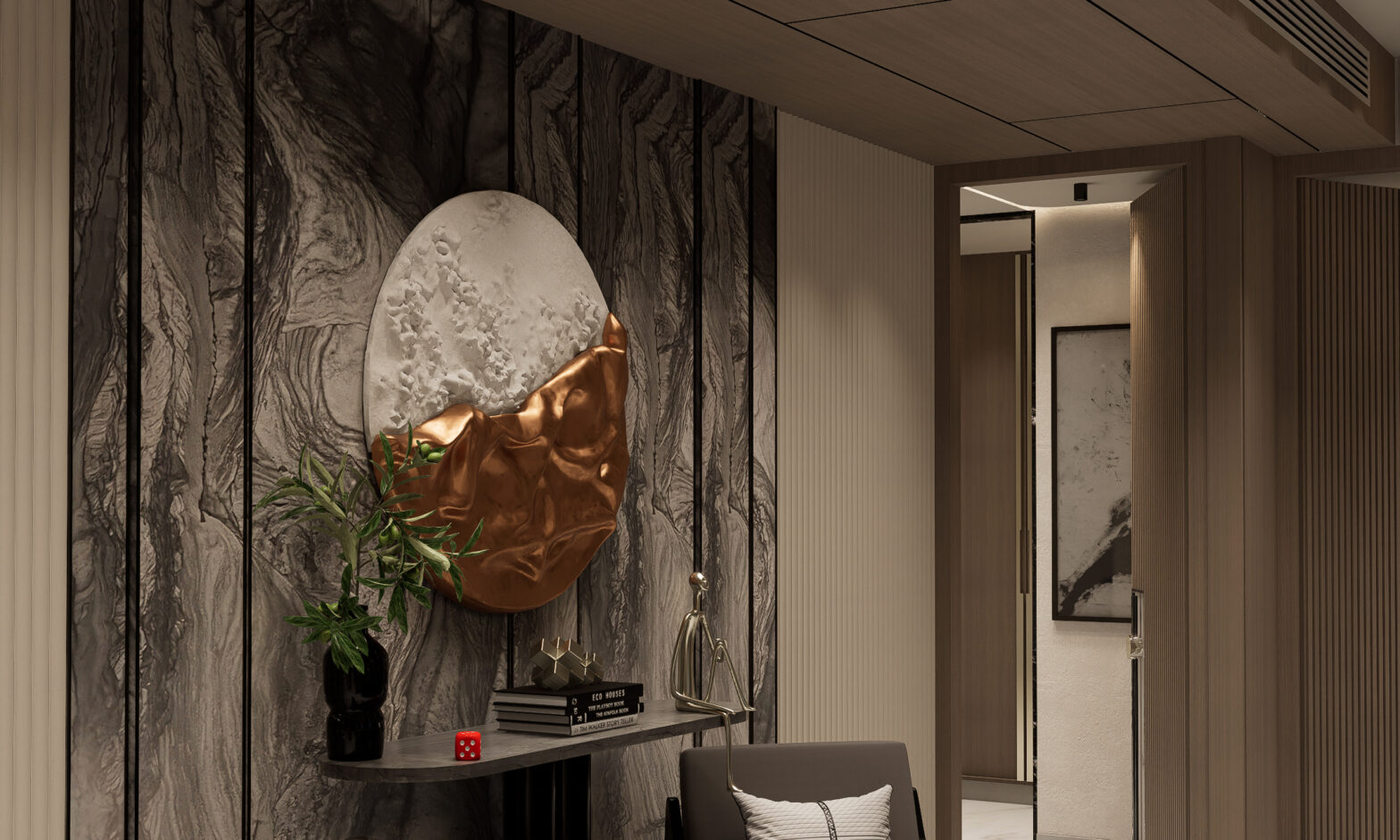Spielen Sie in Deutsch: Erfahren Sie mehr über das Online-Casino Corgibet – Unsere ausführliche Bewertung Table of contents Corgibet Online-Casino: Unsere ausführliche Bewertung auf Deutsch Spielen Sie in Deutsch: Corgibet Casino im Test Corgibet Online-Casino: Erfahren Sie alles über das Spielen auf Deutsch Ihr Leitfaden für Corgibet: Das Online-Casino in der deutschen Sprache Corgibet: Unser Erfahrungsbericht für das Online-Casino-Spiel in Deutsch Häufig gestellte Fragen: Spielen Sie in Deutsch auf Corgibet Corgibet Online-Casino: Unsere ausführliche Bewertung auf Deutsch Besuchen Sie unser Corgibet Online-Casino und entdecken Sie eine breite Auswahl an Spielen, Einzahlungsmethoden und Boni. Unsere sorgfältige Bewertung auf Deutsch hebt die Vorzüge von Corgibet für Deutschland hervor. Genießen Sie eine sichere und unterhaltsame Spielumgebung mit einer großen Auswahl an Spielautomaten, Tischspielen und Live-Dealer-Spielen. Profitieren Sie von schnellen und einfachen Einzahlungen sowie kompetentem Kundenservice. Entdecken Sie auch unsere attraktiven Boni und treuen Programme. Verpassen Sie nicht das Beste aus der Welt des Online-Glücksspiels in Deutschland mit Corgibet. Spielen Sie in Deutsch: Corgibet Casino im Test Entdecken Sie das Corgibet Casino für deutsche Spieler – eine aufregende und unterhaltsame Online-Spielplattform. Spielen Sie eine Vielzahl beliebter Casino-Spiele, einschließlich Slots, Roulette, Blackjack und Poker, alle in deutscher Sprache verfügbar. Profitieren Sie von sicheren und bequemen Zahlungsmethoden, um Einzahlungen und Auszahlungen in Euro zu tätigen. Erleben Sie hervorragenden Kundenservice und Unterstützung in Ihrer Muttersprache, wenn Sie uns kontaktieren. Probieren Sie Corgibet Casino noch heute aus und spielen Sie in Deutsch für ein erstklassiges Online-Casino-Erlebnis! Corgibet Online-Casino: Erfahren Sie alles über das Spielen auf Deutsch Informieren Sie sich über Corgibet Online-Casino – die perfekte Plattform für Spieler aus Deutschland. Entdecken Sie eine riesige Auswahl an Spielen, die speziell für deutschen Markt entwickelt wurden. Profitieren Sie von sicheren und bequemen Ein- und Auszahlungsmethoden in Euro. Genießen Sie einen exzellenten Kundenservice, der rund um die Uhr auf Deutsch verfügbar ist. Werden Sie Teil der Corgibet-Community und erleben Sie Online-Casino-Unterhaltung auf höchstem Niveau. Ihr Leitfaden für Corgibet: Das Online-Casino in der deutschen Sprache Entdecken Sie mit unserem Leitfaden das fesselnde Online-Casino Corgibet, jetzt auch in der deutschen Sprache für Spieler in Deutschland verfügbar! Erleben Sie erstklassige Casino-Unterhaltung, ein breites Spektrum an Spielen, sichere und zuverlässige Transaktionen und die Chance auf hohe Gewinne. Erfahren Sie mehr über die Lizenzierung und Regulierung, die Bonusangebote und Aktionen sowie die Vielzahl an Zahlungsmethoden. Tauchen Sie ein in die Welt von Corgibet, dem deutschen Online-Casino für echtes Spielerlebnis! 1. Erleben Sie erstklassige Casino-Unterhaltung mit Corgibet, jetzt auch in der deutschen Sprache verfügbar. 2. Spielen Sie eine breite Palette von Spielen und nutzen Sie sichere und zuverlässige Transaktionen. 3. Entdecken Sie die Lizenzierung und Regulierung, die Bonusangebote und Aktionen sowie die Vielzahl an Zahlungsmethoden. 4. Genießen Sie die Welt des Online-Casinos in deutscher Sprache und erleben Sie das echteSpielerlebnis. 5. Corgibet ist die erste Wahl für Online-Casino-Spiele in Deutschland – probieren Sie es noch heute aus! Corgibet: Unser Erfahrungsbericht für das Online-Casino-Spiel in Deutsch In diesem Artikel stellen wir Ihnen unser Erfahrungsbericht zu Corgibet vor, dem Online-Casino-Spiel, das Deutschland erobert. Entdecken Sie unsere Einschätzung zu Spielangebot, Benutzerfreundlichkeit, Sicherheit und Kundenservice. Erfahren Sie mehr über die Vorteile von Corgibet, wie zum Beispiel die ansprechende Grafik und die schnellen Auszahlungen. Lesen Sie unsere Bewertung und finden Sie heraus, warum Corgibet eine der besten Optionen für Online-Casino-Spiele in Deutschland ist. Ich bin Hans, 45 Jahre alt und ein begeisterter Online-Casino-Spieler. Vor kurzem habe ich Corgibet entdeckt und muss sagen, ich bin sehr beeindruckt. Die Spieleauswahl ist riesig, besonders die Slots haben es mir angetan. Die Benutzeroberfläche ist intuitiv und einfach zu bedienen. Darüber hinaus bietet Corgibet hervorragenden Kundenservice und sichere Zahlungsmethoden. Ich kann Corgibet absolut empfehlen! Spielen Sie in Deutsch: Erfahren Sie mehr über das Online-Casino Corgibet – Unsere ausführliche Bewertung. Hallo, ich bin Lisa, 32 Jahre alt und ich liebe es, in Online-Casinos zu spielen. Vor ein paar Wochen bin ich auf Corgibet gestoßen und muss sagen, ich bin begeistert. Das Angebot an Tischspielen ist riesig, aber was mich wirklich überrascht hat, ist die Qualität der Live-Dealer-Spiele. Die Grafik ist scharf und das Gameplay ist flüssig. Darüber hinaus bietet Corgibet eine Vielzahl von Boni und Promotionen, was es noch unterhaltsamer macht. Absolut empfehlenswert! Spielen Sie in Deutsch: Erfahren Sie mehr über das Online-Casino Corgibet – Unsere ausführliche Bewertung. Häufig gestellte Fragen: Spielen Sie in Deutsch auf Corgibet Entdecken Sie unser ausführliches Review über das Online-Casino Corgibet, speziell für Deutschland. Erleben Sie die besten Casino-Spiele in Ihrer Muttersprache. Erfahren Sie corgibet mehr über die Sicherheit, Zahlungsmethoden und Bonusangebote auf Corgibet. Probieren Sie es noch heute aus und genießen Sie das authentische Casino-Erlebnis in Deutsch.




